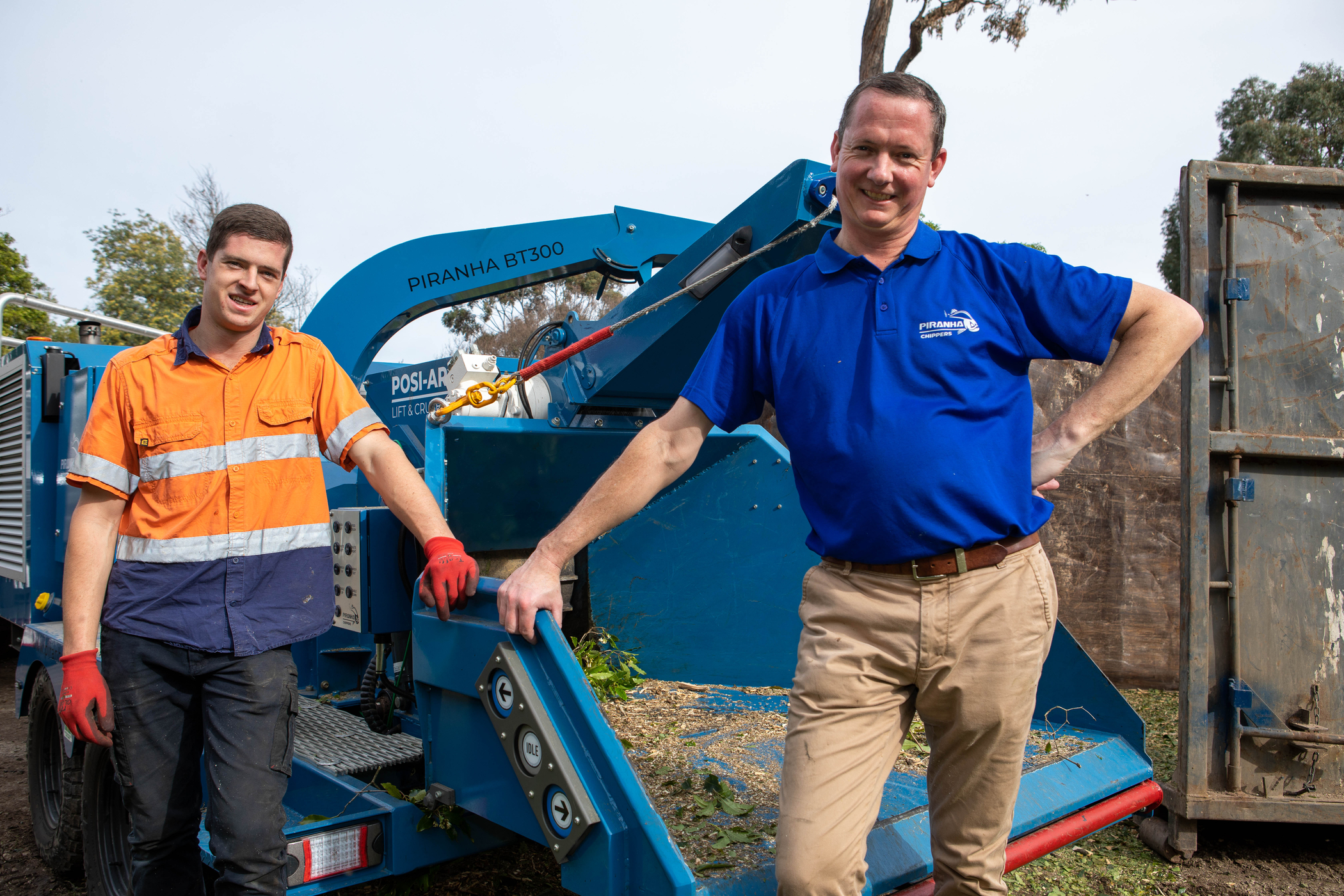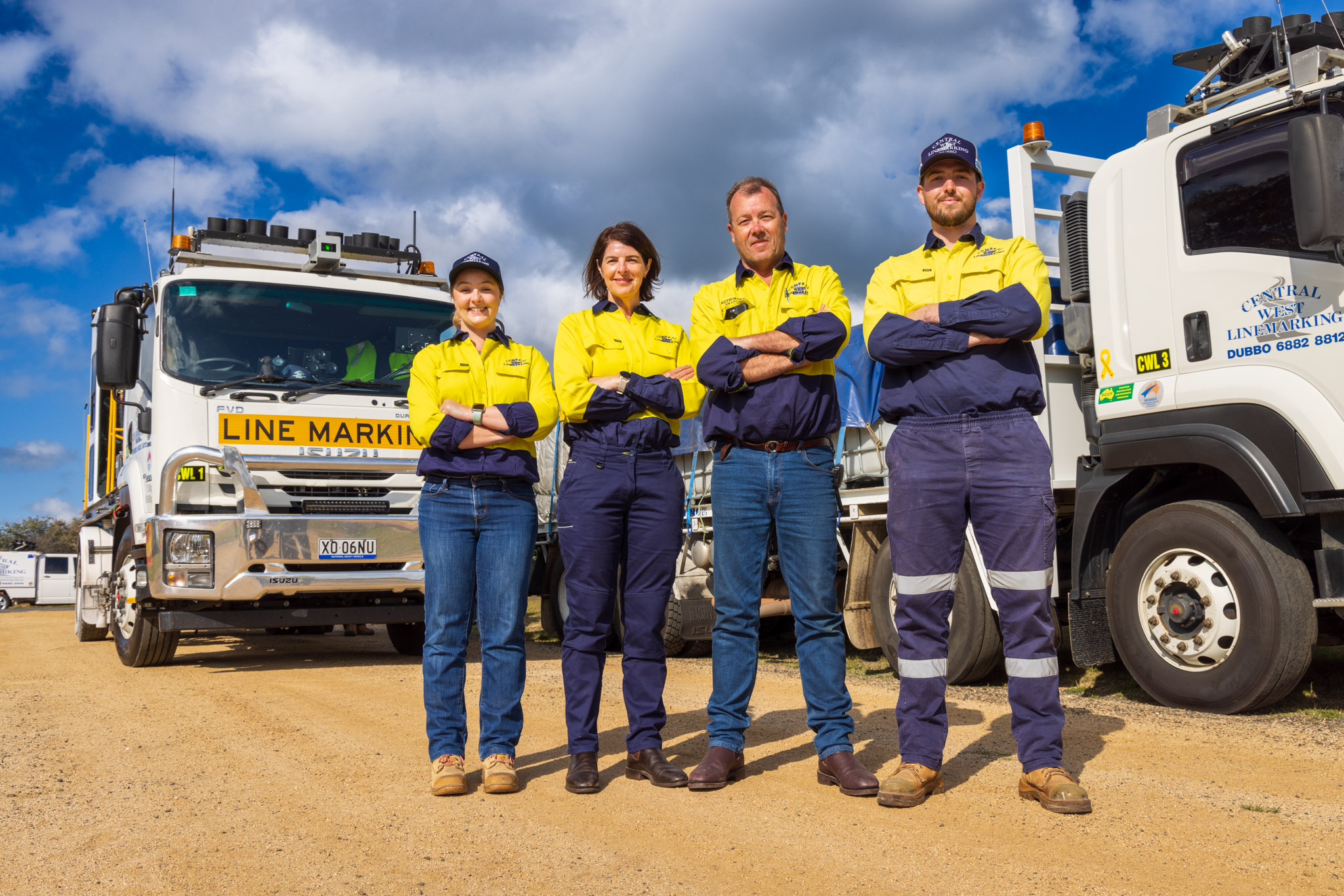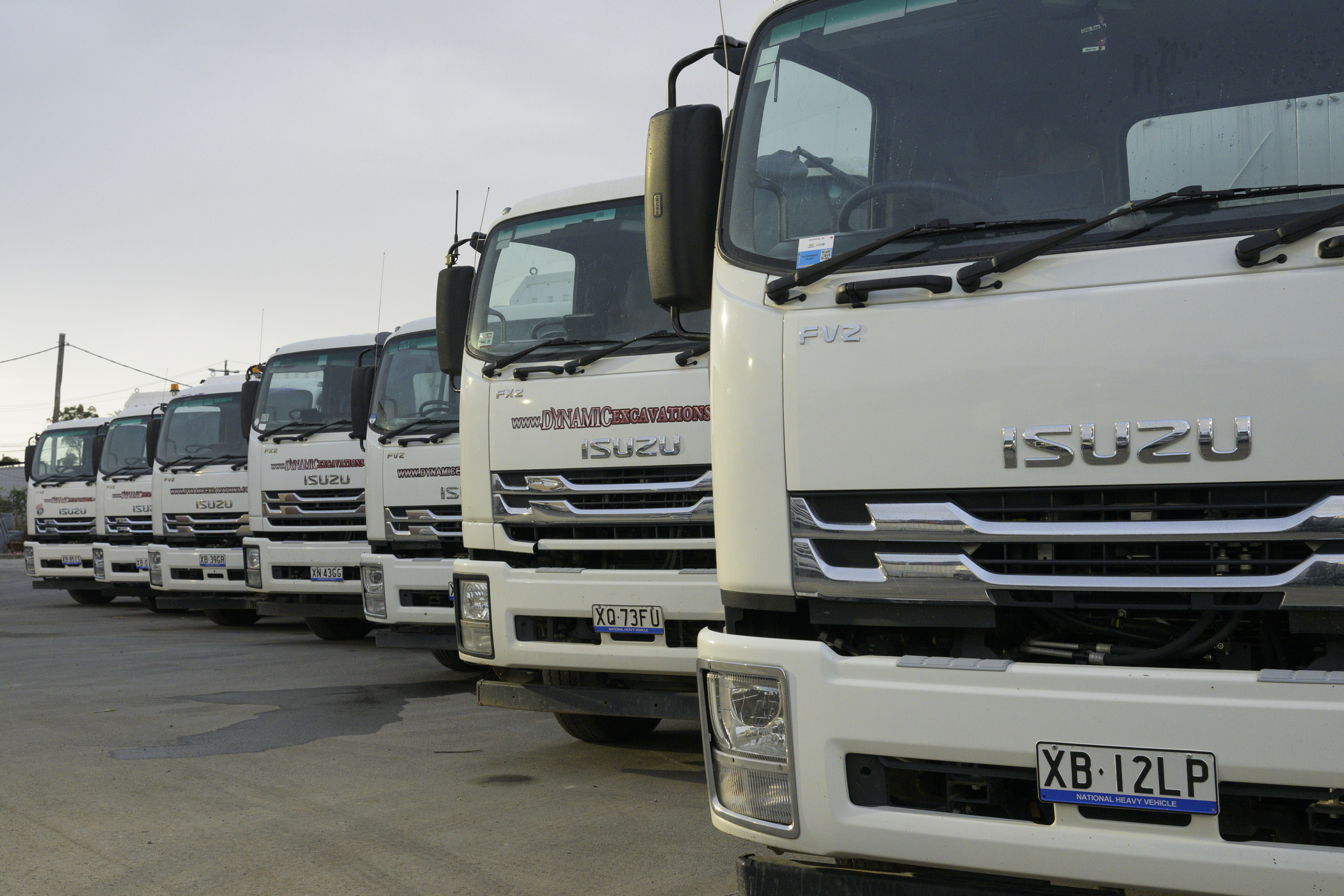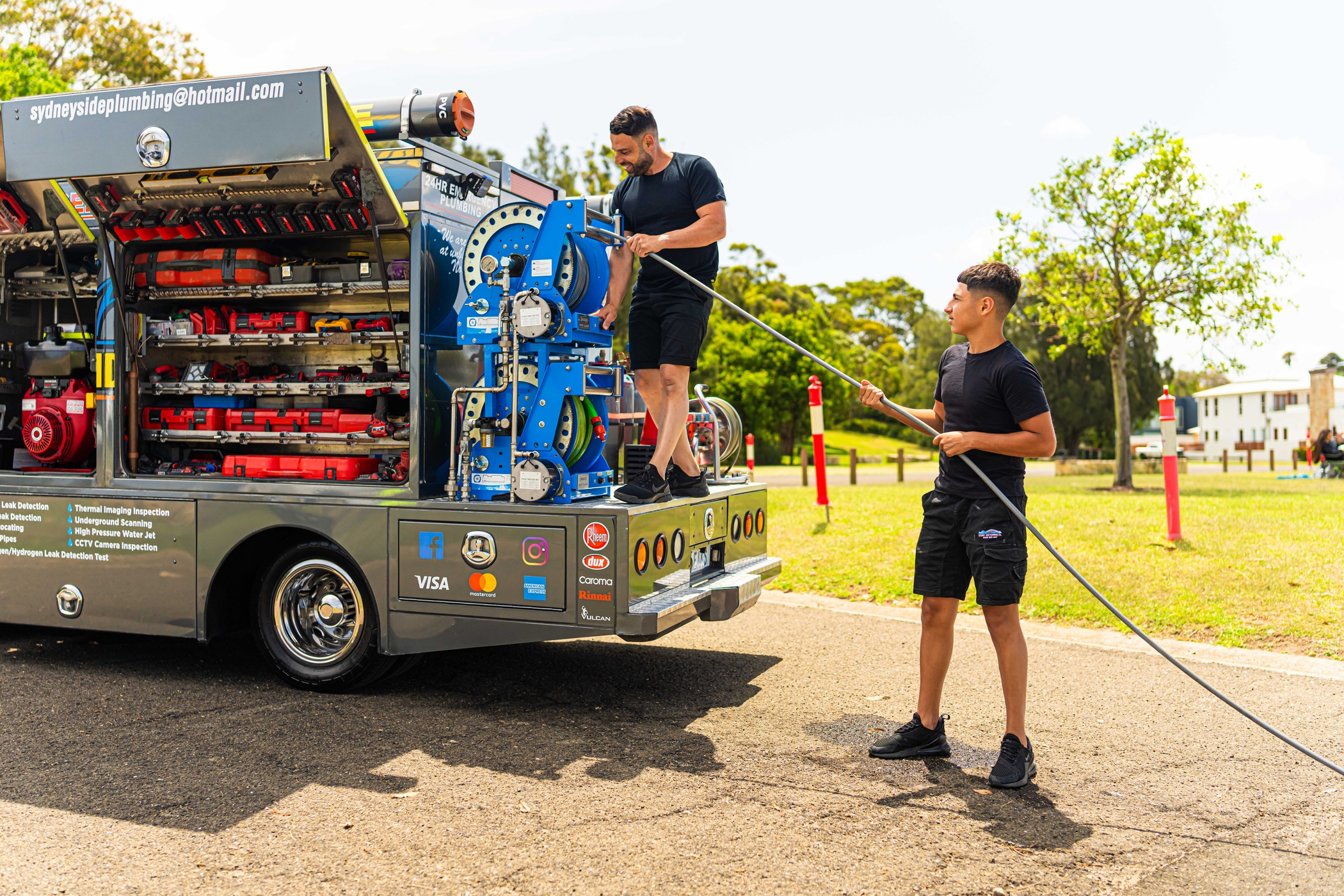LIFETIME COSTS NO DEADWEIGHT IN FLEET PLANNING & PURCHASE
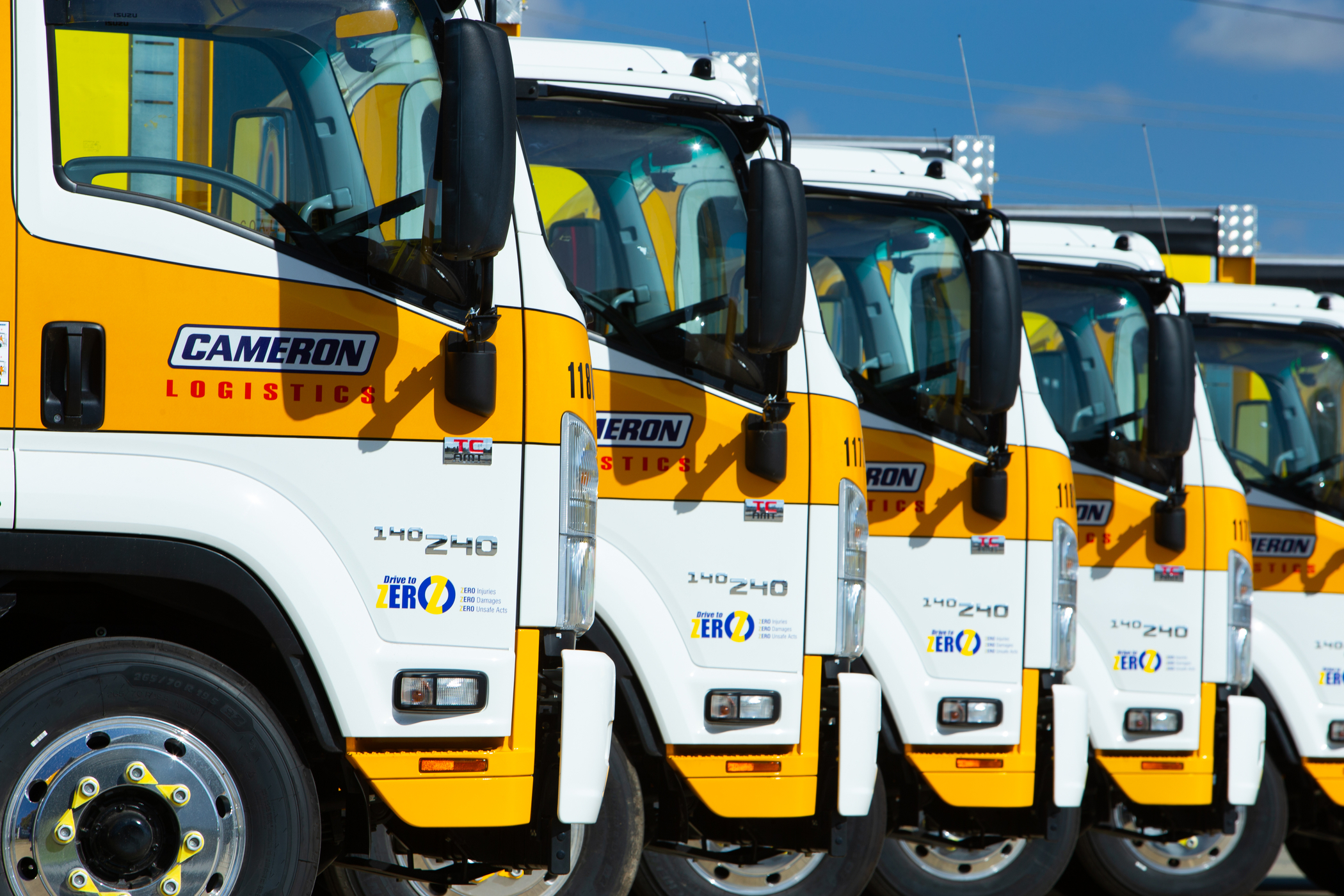
ISUZU Comment: Les Spaltman, IAL National Sales Manager In an increasingly competitive market and in combination with an unrelenting pandemic, profitability is high on the list of concerns for Australian road transport business. Operational costs continue a relentless upward march year-on-year, and this matched with current skyrocketing prices for material (affected by demand and supply chain challenges both at home and abroad for the moment) equates to a tough operating environment. Reflecting these issues should also mean greater emphasis on total cost of ownership (or TCO) in purchasing and planning decisions, with vehicle fleets being a case in point.
Cost considerations
Every seasoned operator will know TCO is critical to gaining a true picture of the required capital investment in a piece of equipment over its operational life and through this, the impact on the business’ bottom line. Signalling the importance of this metric, approximately 64 per cent of Australian businesses in road transport believe that whole-of-life ownership costs are more important than the initial upfront cost of a truck.
Buying capital equipment can be one of the biggest upfront expenses that a business can face. As such, it’s often hard to look at the whole package, beyond the big sticker price. While initial outlay is certainly an important thing to consider, a purchasing decision should not only be about getting a good deal but procuring equipment that will provide the greatest benefit and return for your business over the long term.
Just as you would not pick the first builder off the block to construct your new house or choose a brain surgeon based on a discount rate… when it comes to deciding on a piece of working capital equipment, it will also pay to look at the full suite of costs (and reason for) behind the product and service.
Performance and profitability
There are a host of factors to consider in TCO for a vehicle, including cost of acquisition, repayments, insurance and registration, fuel, servicing and repairs, and finally, resale value—though this in no way an exhaustive list.
Common methods to calculate fluctuating costs (fuel, maintenance, repairs) is year by year, every three years, five years, or a period matching the company’s cash flow. Therefore, we see many of Australia’s larger fleets opting for service schedules and cost effective maintenance agreements that come with a known cost per month, which can then be factored into the books easily and used for projection in the years ahead.
An added benefit for both small and large operators—these types of service and maintenance agreements can often be tied neatly into the financing for the truck or fleet.
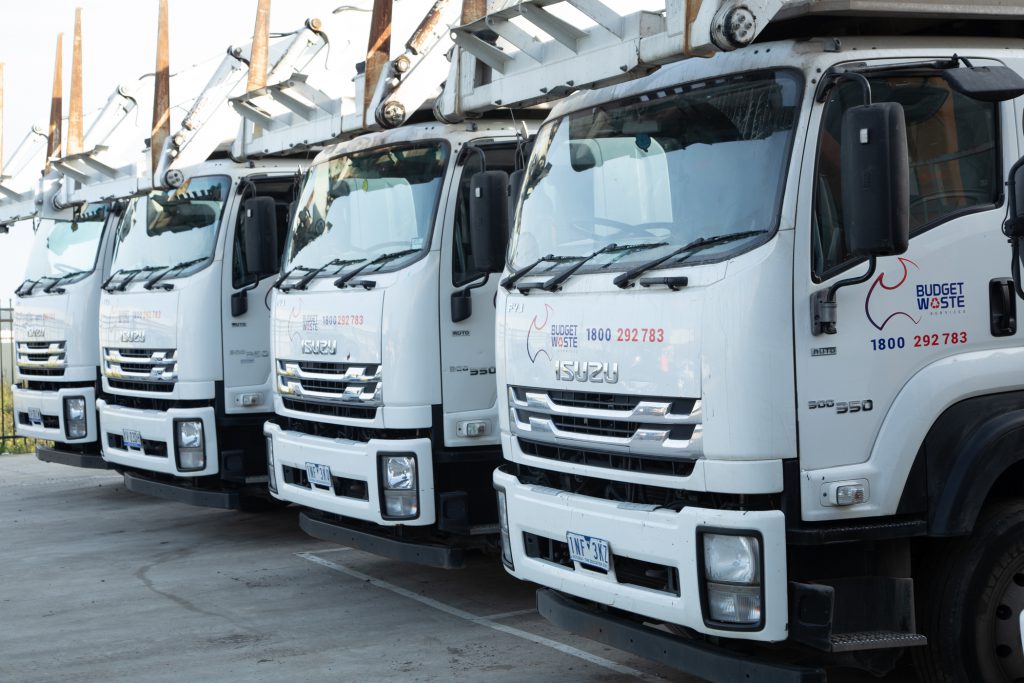
Key factor: fuel
A key factor in the calculation of TCO (and by extension, procurement) is fuel. Although it represents only one input for road transport, it is significant. We see a large percentage of Australian businesses—59 per cent in road transport—reporting fuel costs as a critical challenge in the current business landscape.
Contributing to the final equation and determination of profitability also come equipment performance, trip times, and driveability. It can be difficult to gauge how productive a new truck is unless you are comparing to it an outgoing piece of equipment with recorded metrics, or against one that is significantly different (for example, a ute versus a truck). And so we see it come down to small efficiencies here and there: time saved on a job, a few cents less at the pump each visit, or a decrease in costs in an area such as parts replacement or ongoing maintenance. These small efficiencies will ultimately mean dollars saved—and whether it’s a one-truck business or a 50-truck fleet the impact will be felt on the balance sheet.
Little thing, big impact
As an OEM, it is our responsibility to find these small efficiencies that combine to make a difference to our customers’ bottom line. These can take them form of engineering updates between truck models; an incremental improvement to load capacity, or a feature more smartly specified that saves an operator 30 seconds per trip.
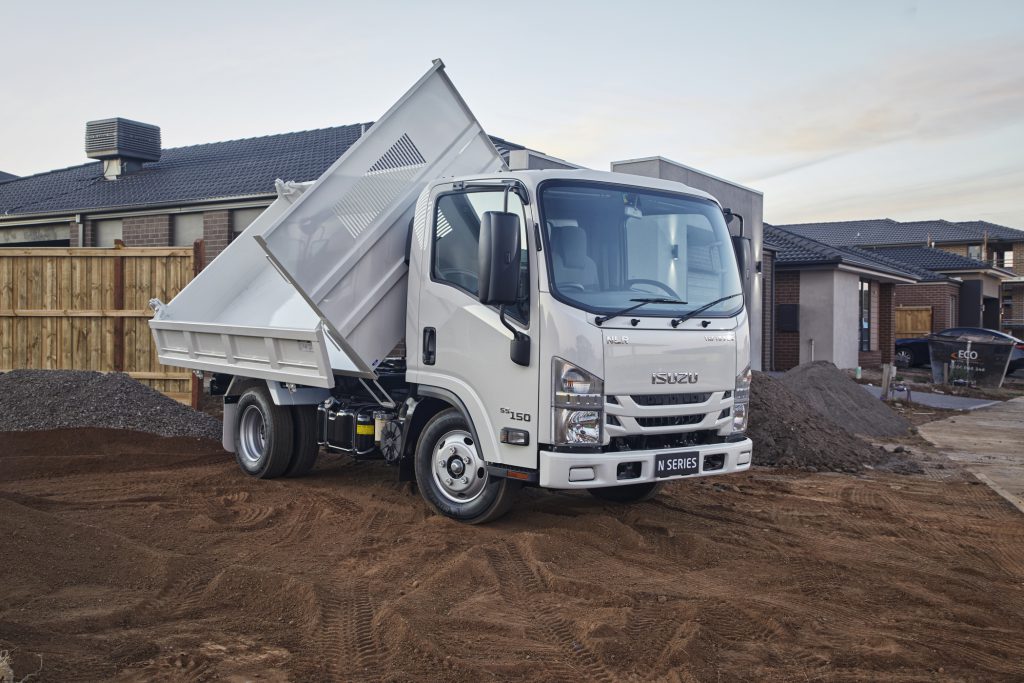
It may take the form of a transmission system that is more forgiving for the less experienced driver, saving repairs down the line. Playing into this is having access to skilled drivers that respect and operate equipment in a manner that allows it to perform at peak efficiency. Driver training and experience is a huge factor here, affecting the ability of the fleet to achieve better fuel economy and performance, and with all feeding back into TCO. And around it goes.
Tying it up
Aside from the necessaries of warranty and mindful aftercare services, OEMs must continue to deliver performance, reliability, durability and efficiency, and each from a multi-faceted point of view. Chief amongst our responsibilities is to get the right tool into the hands of those that need it, in a timely manner that reduces time and energy spent on the purchasing and procurement process. Another is to deliver productivity gains for the business with an efficiently performing piece of equipment, specified intelligently for the task. By doing this, we keep more customers in business (and on the road), while consistently addressing the factors behind total cost of ownership, and the big picture issue—business profitability.


The all-new Isuzu truck range is about to arrive.
Register your interest and we'll keep you in the loop with the latest updates.
Learn More
